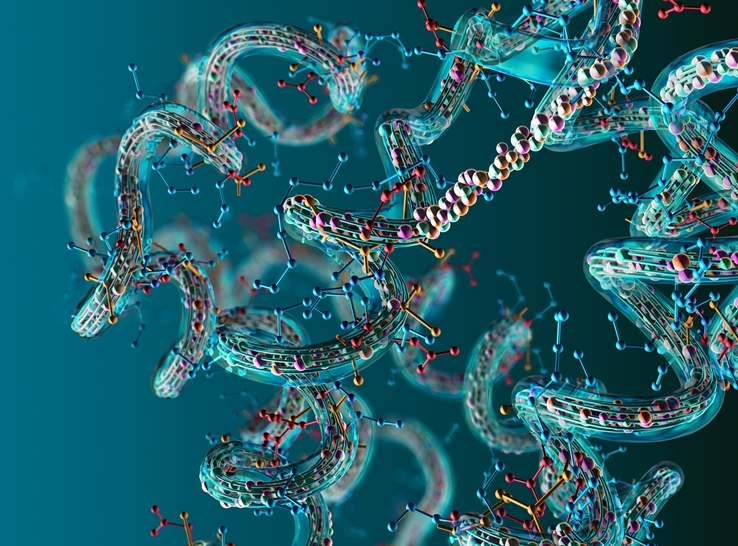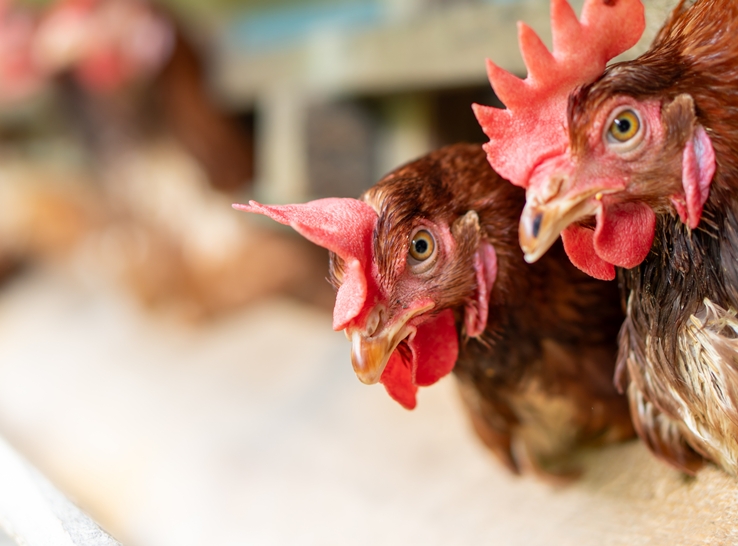Research led by Orhan Sahin, DVM, PhD, Iowa State University, demonstrated the efficacy of a multi-strain bacterin in providing broad protection against spotty liver disease (SLD).
SLD manifests as acute infectious hepatitis and causes a significant drop in egg production and high mortality in layer chickens. Due to the significant economic losses incurred by SLD, the disease has become an important concern for the egg industry.
Recently, Campylobacter hepaticus was identified as the causative agent for chicken SLD and was confirmed to infect the liver via the fecal-oral route and subsequent systemic spread. However, the virulence mechanisms of C. hepaticus remain unknown, and currently, no commercial vaccines are available for the prevention and control of SLD.
In other animals, Campylobacter bacterins are protective against systemic infection. The main goal of this project was to develop and evaluate bacterin-based vaccines for the control of SLD in poultry.
Study design
The study consisted of two specific objectives:
- Evaluate the homologous protection of experimental bacterins against SLD.
- Evaluate heterologous protection of experimental bacterins against SLD.
For the first objective, an experimental bacterin would be prepared using a specific C. hepaticus strain and oil adjuvant. The bacterin would be assessed for its efficacy in protecting against SLD through homologous challenge. Additionally, one-dose and two-dose immunization schemes would be compared through homologous challenge.
Genomic-sequence analysis has shown that diverse C. hepaticus strains are associated with SLD outbreaks in the US. Therefore, for the second objective, the bacterin’s efficacy would be assessed through heterologous challenges using three phylogenetically different representative isolates from the strain.
To begin the study, the researchers ascertained the optimal immunization/challenge model for selecting bacterial strains (single versus multiple), chickens (specific-pathogen-free (SPF) layers versus commercial layers), and the times of vaccination and inoculation. After several immunization and challenge experiments with various variables evaluated, the researchers determined that a multi-strain bacterin vaccine and a multi-strain inoculum administered multiple times was the best model for this purpose.
Accordingly, a three-strain bacterin emulsified with an oil-based commercial adjuvant was used to immunize SPF birds once (n=17) or twice (n=18; 11 and 15 weeks of age), followed by an oral challenge with a cocktail of three C. hepaticus strains three times (once every other day) at 23 weeks of age. Fifteen birds were not immunized and served as the control group.
Half of the birds in each group were necropsied at 2 and 3 weeks, respectively, after the last challenge. The researchers examined the birds for the presence of SLD lesions and collected bile and liver tissues for C. hepaticus culture.
“Results showed that none of the birds developed gross liver lesions,” Sahin said. Importantly, while 14 out of 15 in the control group were positive with C. hepaticus in the liver, only three birds in the one-dose vaccine group and a single bird in the two-dose vaccine group were C. hepaticus positive.
Thus, the protection rates were 82% for the one-dose regimen and 94% for the two-dose regimen. In agreement with the protection efficiency, ELISA analysis of the serum samples revealed the development of high-level specific antibodies against C. hepaticus in both vaccinated groups.
“These results indicated that vaccination with the three-strain bacterin induced a robust humoral immunity in SPF layers and protected birds from challenge with a mixture of three genetically diverse strains, even with a single-dose regimen,” Sahin noted.
The findings also indicate that the challenge model induces a profound liver infection in unimmunized birds, providing an alternative yet reliable method for assessing protective immunity.
Given that commercial vaccines are currently unavailable for SLD, the short-term impact of the project is the evidence that a multi-strain bacterin can be further developed to confer broad protection against SLD caused by C. hepaticus. Its long-term impact would be the advancement of commercialized vaccines to control SLD, contributing to the enhanced productivity and sustainability of the layer industry.
Editor’s note: Content on Modern Poultry’s Industry Insights pages is provided and/or commissioned by our sponsors, who assume full responsibility for its accuracy and compliance.







